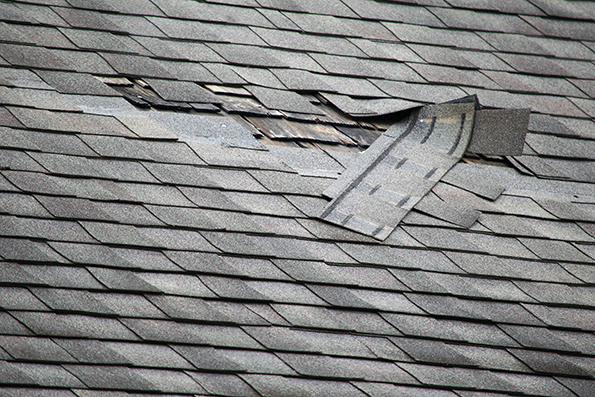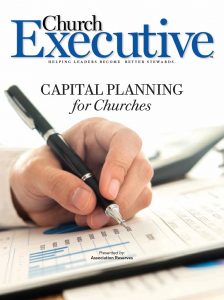
By Matthew Swain, RS
 Each year, through blistering summer heat and winter’s icy blast, the church’s roof deteriorates a little more. The carpet in the narthex and office becomes a little more worn and tired. The boiler, air-conditioning and elevator continue to age. The parking lot begins to crack.
Each year, through blistering summer heat and winter’s icy blast, the church’s roof deteriorates a little more. The carpet in the narthex and office becomes a little more worn and tired. The boiler, air-conditioning and elevator continue to age. The parking lot begins to crack.
Real property — the buildings in which we worship, study, and gather together in fellowship and prayer — is expensive to build and to maintain. To own property is to tie the congregation, financially, to a money pit.
Many of our churches across the nation are older — but what drives some to thrive while others can’t seem to survive? One mark of those that thrive is that of good maintenance, which must be budgeted and planned. This is called sustainability.
No matter the size of your facility or your campus — or if your congregation owns real property, buildings of any shape, size, age or condition — a Capital Budget Plan is a must!
The church budget itself is an exercise in faith
The vast majority of congregations are funded through at-will donations, not dues. Leadership must keep this source of funds in mind when creating and updating the annual budget. Wise use of these funds can help a church thrive for generations, while short-sightedness can paint a false façade over an otherwise bleak picture.
Leadership is charged with setting a sustainable course for the congregation. We do that, in part, by setting up an annual budget. Incorporating the results of the Capital Budget Plan into the annual budget is the next step once the Plan has been created. This Capital Plan and annual budget should then be openly discussed, presented and clearly communicated to the membership, so those actually paying for the budget understand where their dollars are going.

Of course, big dollars will be spent repainting exteriors, replacing heating & air conditioning systems, and replacing roofing, among others. However, these projects are not always visible to the member, nor are they always understood to be important to the member. By bringing these to the forefront of the budget conversations leadership has throughout the year, your church can be more prepared and can reduce the overall amount of time and budget dollars spent on maintaining these vital facilities so that you can focus on the core purpose of your parish.
Sustainability encompasses managing our resources wisely, so that our staff, parishioners and guests continue to be well-served by the facilities that have been built to serve the mission, and so that future generations are set up for success.
How sustainability is achieved
There are many avenues for the pursuit of sustainability; but, one of the low-hanging fruits — often missed in the budgeting process — is sustainable budgeting for our major, predictable capital repair and replacement projects. Depending on the variables, this Capital Plan might be simple enough for one lay volunteer to prepare, or it might be complicated enough to require a team of experts to compile.
Once the physical and financial analysis has been completed and the results are in, this is but step 1 down a road to a financially successful congregation that can focus the most of its time, talent and treasure to preaching the good news and making disciples.
We must never lose sight of this end goal of sustainability as we improve the financial and administrative side of the church. The business aspects of the church are there to support, uplift and sustain the relational aspects of the church — both in fostering connections among the community of believers, and fostering the connection between believers and our Creator.
Matthew Swain, RS, is Worship Facilities Specialist at Calabasas, Calif.-based Association Reserves. He is a certified Reserve Specialist and has been preparing capital plans for non-profit organizations across the country for more than a decade. Swain currently serves as the national representative for Association Reserves’ worship facility clients.


